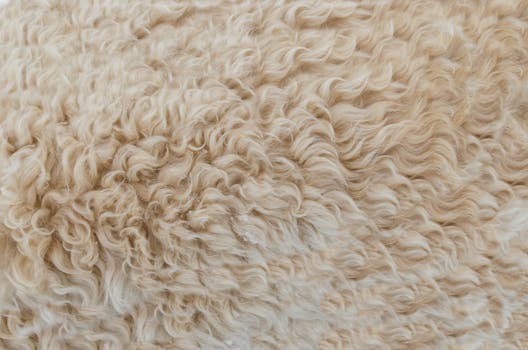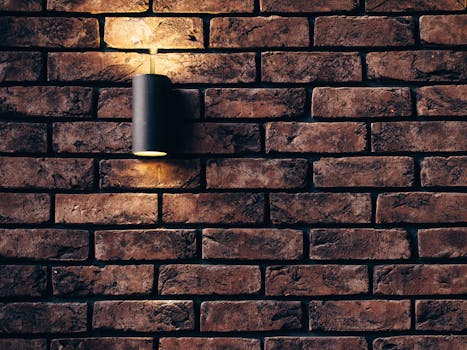
Understanding Textures

Textures are the tactile quality of a surface, which can be perceived visually or through touch. Integrating different textures in your space adds depth and interest. Common textures include smooth, rough, shiny, and matte. When mixed correctly, they can create a balanced aesthetic that feels both lively and harmonious.
Patterns and Their Impact

Patterns are designs or motifs that can be repeated across various surfaces. They can be geometric, floral, abstract, or even striped. The use of patterns can evoke emotions and set the tone of a room. Combining various patterns can enhance visual intrigue, but care must be taken to ensure they complement rather than clash.
Finding the Right Balance

Mixing textures and patterns requires a keen eye for balance. Aim for a cohesive look by selecting a unifying color palette. Use one dominant pattern and a few supporting textures or patterns to create visual hierarchy. For example, if you have a bold geometric rug, consider pairing it with softer, neutral textures in your upholstery and accessories.
Layering Techniques

Layering is key to successfully mixing textures and patterns. Start with larger pieces, like furniture, and gradually add smaller elements. Incorporate throw pillows, blankets, and artwork to introduce new textures and patterns without overwhelming the space. Remember to vary the scale of patterns for added interest-mix large prints with smaller ones for a dynamic look.
Practical Tips for Mixing

Here are some practical tips for mixing textures and patterns effectively:
– Choose a maximum of three patterns to avoid visual chaos.
– Use a common color to tie patterns together.
– Experiment with different materials like wood, metal, fabric, and glass.
– Trust your instincts; if it feels right, it probably is!






